Subscribe to the Newsletter
Your cart is empty
Shop now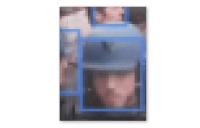
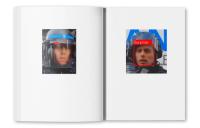
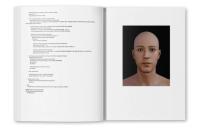
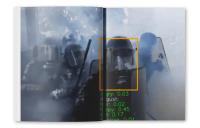
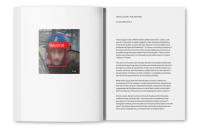





Reversed Surveillance - Making a Photobook
After coming across my project Reversed Surveillance on Instagram, Janne from Kult Books reached out to me about turning it into a book. Having seen his other work, I was eager to collaborate with him, and we began almost immediately. As the project was already complete, the main challenge was finding a balance between visualising in-depth research and showcasing the large volume of images. The project explores the potential of reversing the use of surveillance in France, demonstrating how these technologies could serve the people rather than the government.
The book opens with a sequence of images taken from protest footage, followed by the legal text that inspired the project. Including legislation felt necessary, as it is what has allowed the police to use algorithmic video surveillance (AVS) in the first place. Emotion recognition is one of the main components of AVS, and to explain how it works, the book continues with a small section where it is applied to 3D face models and protesters’ faces. Following this, about two-thirds of the book explores how AVS performs on police officers. In this part, it is the headshots of the police officers that undergo emotion recognition. These sections offer a visual contrast that emphasises the main concept of the project: reversing surveillance.
They also highlight the unreliability of the emotion recognition when used on protest footage, criticising the prospect of automating crime detection.
Towards the end of the process, we decided to include an instruction manual. As part of the project, I developed a police unit recognition tool that, with the right database, could theoretically link police officers’ faces to their identification numbers. Police impunity is a significant issue in France, and the project explores ways in which people can use surveillance tools to their advantage and to protect themselves. An instruction manual to help people do so is randomly placed inside each book. This way, the book enriches the project by making it participatory.
Readers are left with something more, which is not the manual itself, but the awareness that they can be part of the change.
Marcel Top was part of Face-to-Face: Arles Edition 2024.
Check out his Artist Feature Nemo Smith.